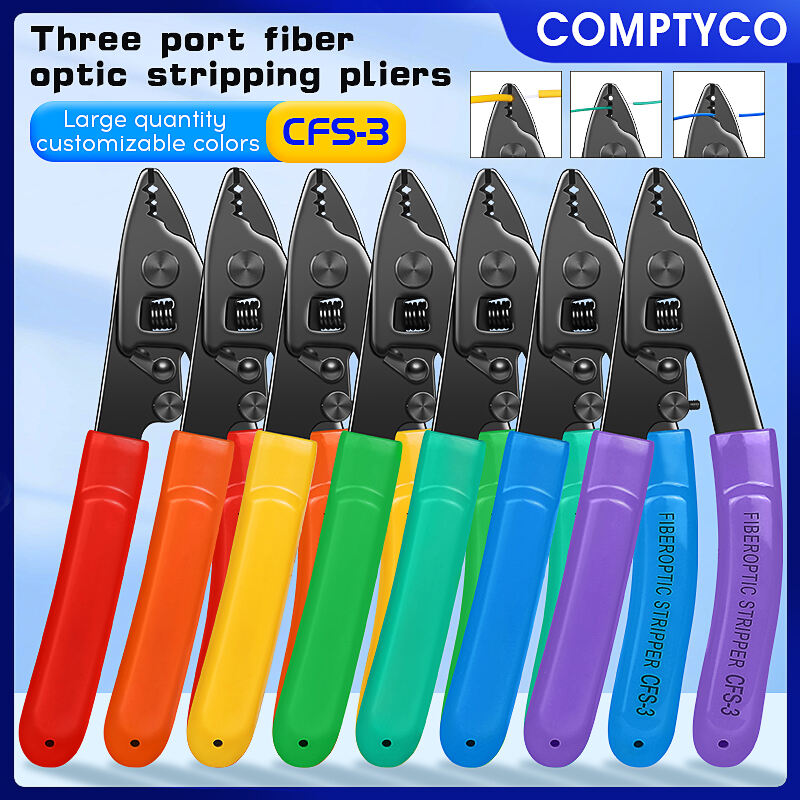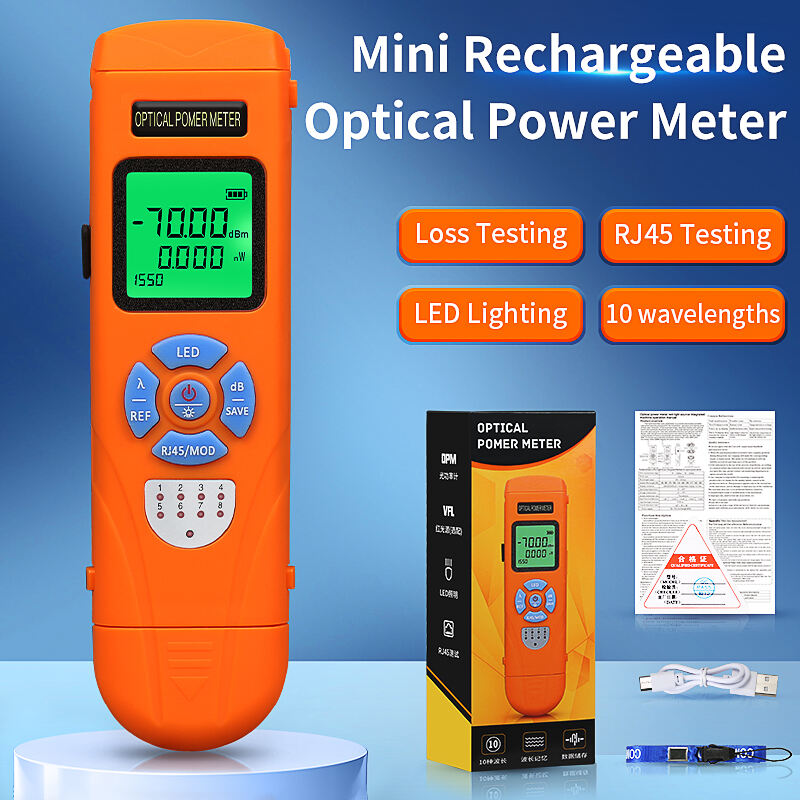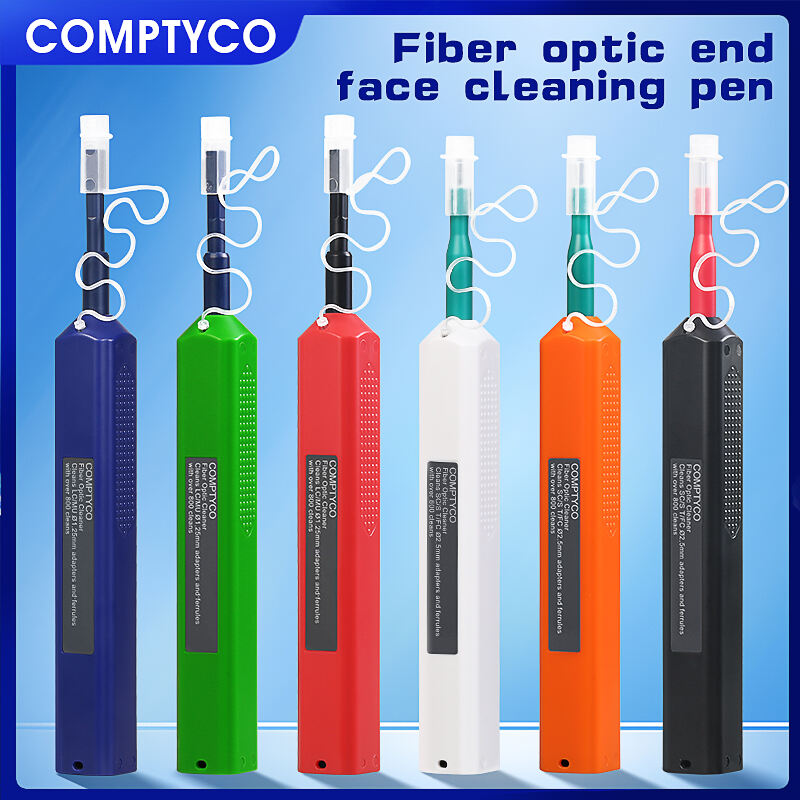otdr view
An OTDR view represents a sophisticated graphical interface that displays the results of optical time-domain reflectometer measurements in fiber optic networks. This essential tool provides a comprehensive visual representation of fiber optic cable characteristics, enabling technicians and engineers to analyze signal loss, identify fault locations, and assess overall network performance. The OTDR view presents data in an intuitive graphical format, showing distance along the horizontal axis and signal power on the vertical axis, creating what's commonly known as the signature trace of the fiber. This visualization allows users to detect and locate events such as splices, connectors, bends, and breaks along the fiber optic cable's length. The technology incorporates advanced algorithms to process backscattered light signals, providing precise measurements of attenuation, reflectance, and optical return loss. Modern OTDR views often include features such as dual-wavelength testing capabilities, automatic event detection, and detailed event tables that summarize all significant points along the fiber trace. These capabilities make it an invaluable tool for both installation verification and maintenance troubleshooting in telecommunications networks, data centers, and various fiber optic installations.


